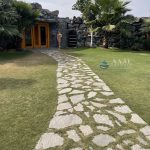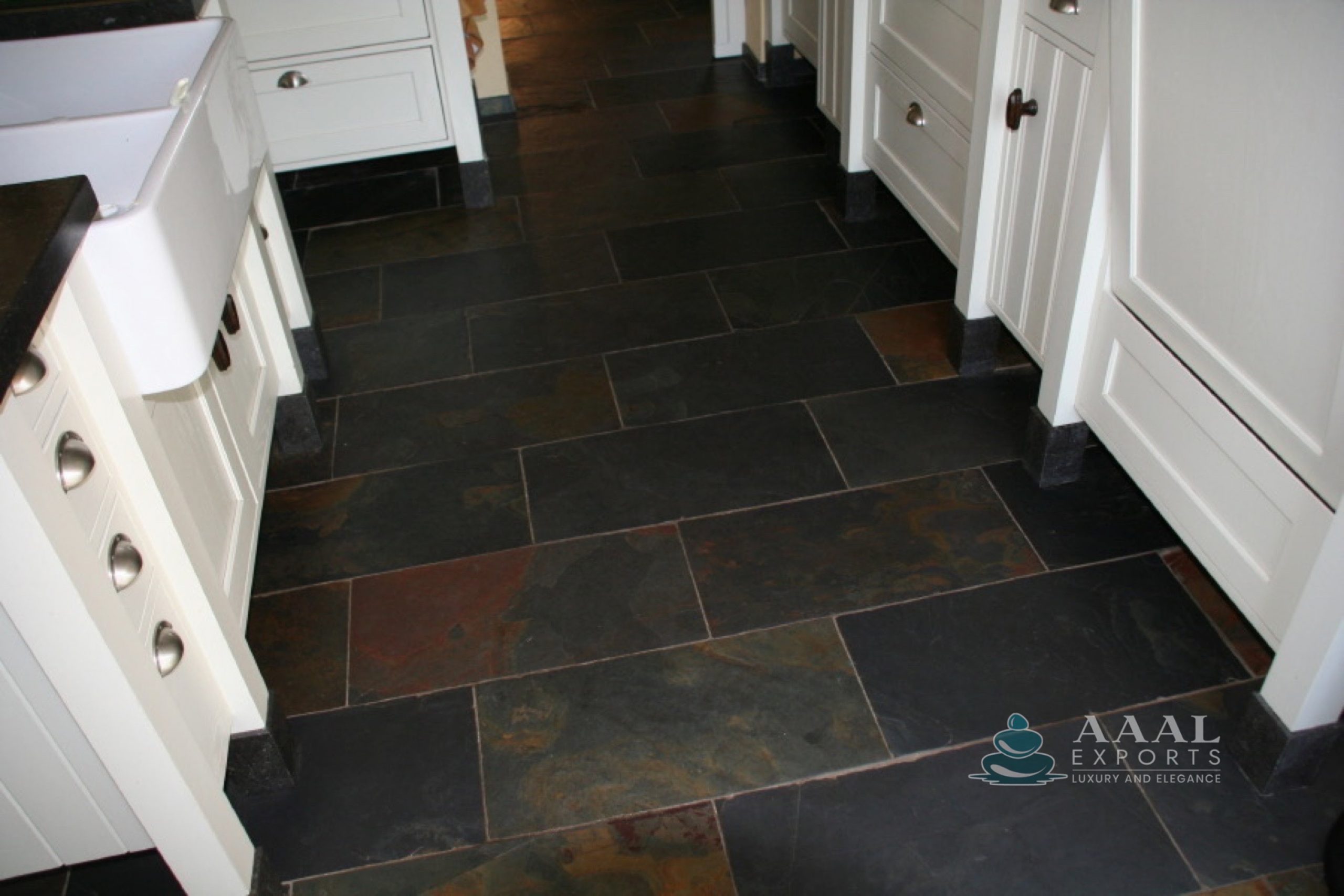Slate Stone Physical Properties
Slate is a fine-grained metamorphic stone formed from clay mud; composed of sediments of decomposed stone and organic matter that has been hardened by heat and pressure. Since the geological process varies greatly, slates range quite a bit in hardness and porosity.
Slate characteristics vary with source. It may be black, green or mottled and is relatively dense. Many imported slates are available today with wide ranging physical characteristics and overall suitability. The stone differs in density, tensile strength, absorbency and abrasion resistance.
Physical Properties
- Composition: Muscovite, chlorite, kaonilite, micas, quartz and other accessory minerals (wide variation in composition).
- Hardness: Soft – easily scratched. They can also be as hard and dense as granite
- Absorption: Low – medium oil, water other liquids
- Weathering characteristics: Due to the wide ranges of slate, this stone has wide ranges of weathering. Cleft planes provide permeability for water penetration resulting in spalling and flaking. Slates that have a high kaonilite content (a clay) display accelerated rate of deterioration in wet environments
- Tendencies: Absorbs oils and liquids…Softer/medium varieties scratches easily.
- Colors: Colors vary widely
- Finish: Different finishes such as acrylic, wax, natural cleft, honed etc. Some types may be flamed.
Slate Stone Chemical Properties
Slate stone is chemically a multi-mineral rock made of an aggregate of minerals and colloidal substances. Essentially mineral composition includes members of Mica group commonly sericite & muscovite, Clay group commonly paragonite, chlorite & kaonilite. The accessory minerals are oxides, calcites & minor amounts of quartz and feldspar along with subordinate amounts of ferro-magnesium minerals. Free silica is normally poor. It is resistant to acids and staining.












